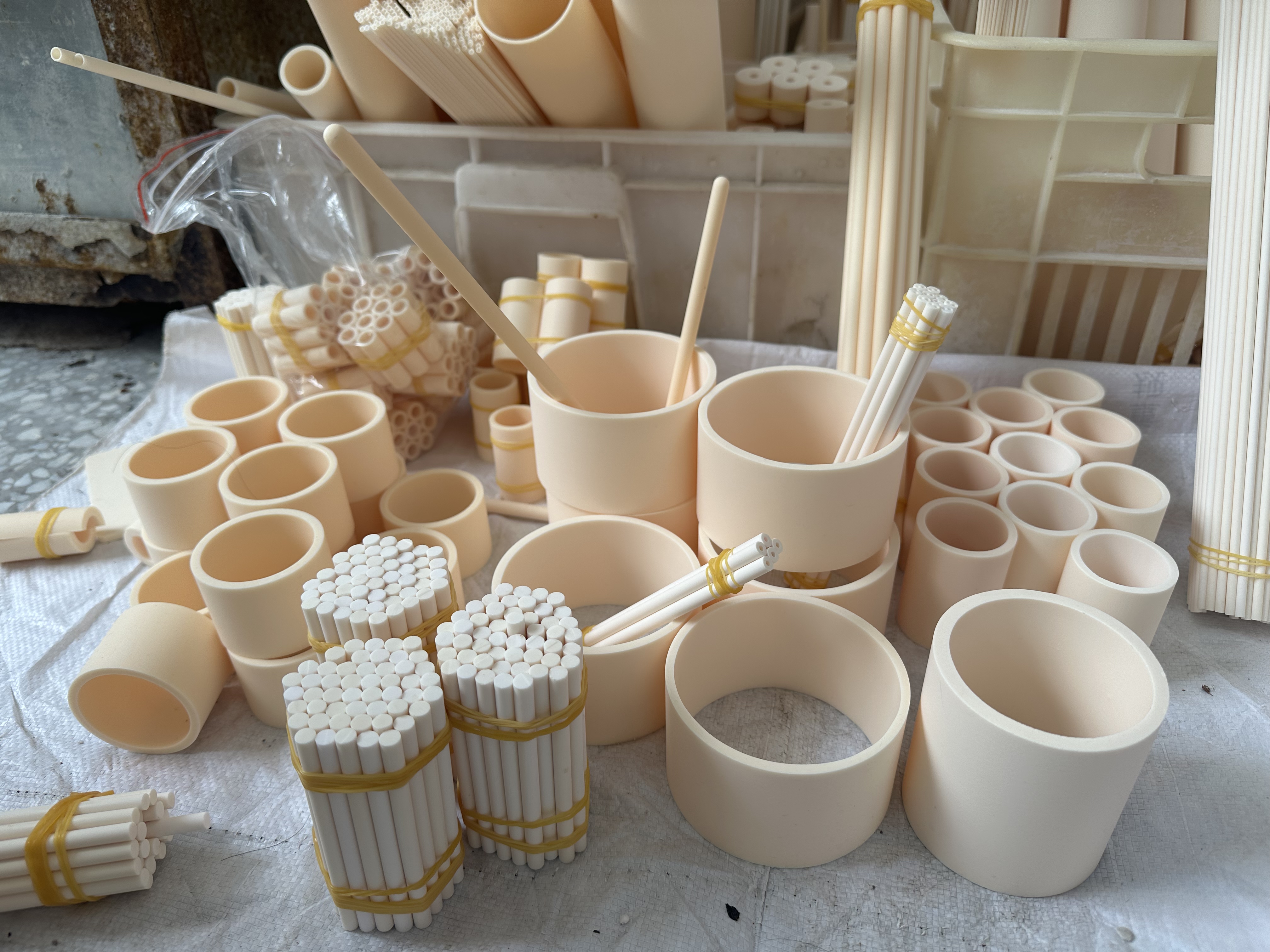Traditional High-Temperature Resistant Materials vs Advanced Alumina Ceramic Materials: Remarkable Differences in High-Temperature Applications

In numerous industrial sectors, the performance of materials under high-temperature conditions is critical. While traditional refractory materials have long been utilized in high-temperature applications, advancements in advanced alumina ceramic materials are now emerging, demonstrating remarkable distinctions compared to conventional alternatives.
Traditional refractory materials, such as those composed of quartz sand, clay, and other aggregates, are generally capable of withstanding temperatures exceeding 1580°C and are widely employed in structures like furnaces and combustion chambers. However, these materials exhibit significant limitations. In terms of high-temperature resistance, although they can endure moderate heat, their stability deteriorates under more extreme or harsh conditions. For instance, in specialized industrial environments requiring temperatures above 1600°C, traditional materials prone to softening, deformation, and structural compromise, thereby impairing equipment functionality and operational efficiency. Additionally, their mechanical properties remain suboptimal, characterized by high brittleness. Exposure to thermal shock or mechanical vibration often leads to cracking, fragmentation, or catastrophic failure. Not only does this increase maintenance frequency and operational costs, but it also poses substantial safety risks due to potential material failure.
Advanced alumina ceramic materials differ fundamentally from conventional counterparts. Primarily composed of alumina (Al₂O₃) with minor additions of other metal oxides as modifiers, these ceramics exhibit exceptional high-temperature stability, maintaining reliable performance at temperatures exceeding 2000°C—a capability far surpassing traditional refractory materials. This enables industrial equipment utilizing alumina ceramics to operate under more extreme thermal conditions, thereby broadening the permissible temperature range for manufacturing processes and facilitating the production of high-purity products.
The mechanical properties of alumina ceramics are equally remarkable. Possessing a Mohs hardness of 9 (second only to diamond), their wear resistance surpasses that of steel by multiple orders of magnitude. In high-temperature applications such as furnace linings, kiln interiors, and heat-resistant pipelines, these ceramics effectively withstand mechanical erosion and abrasive forces, dramatically extending equipment service life. Notably, in demanding environments like mining machinery and cement production, components fabricated from alumina ceramics demonstrate 5-10 times greater longevity compared to metallic alternatives. This substantially reduces downtime requirements for maintenance and replacement, while simultaneously enhancing overall production efficiency through decreased operational interruptions and increased system availability.
In terms of chemical stability, alumina ceramic materials exhibit excellent resistance to most chemical substances. They maintain stable performance in corrosive environments such as acids and alkalis, preventing material degradation caused by chemical corrosion. In contrast, traditional high-temperature resistant materials demonstrate relatively weaker chemical stability and are prone to erosion in chemically corrosive high-temperature conditions, compromising their operational effectiveness and service life.
For customers, adopting advanced alumina ceramic materials translates to lower equipment maintenance costs, reduced downtime, enhanced production efficiency, and improved product quality. Across industries with stringent material requirements—including energy, chemical engineering, electronics, and more—alumina ceramics are emerging as a critical factor in boosting competitiveness. These materials not only address the complex demands of current high-temperature applications but also provide reliable, efficient solutions for future industrial advancements.

